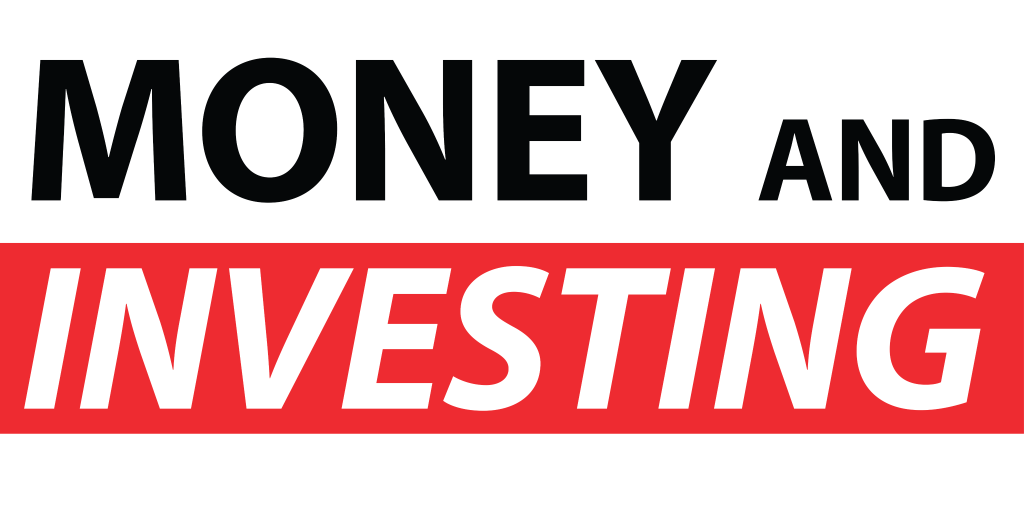The current state of the US economy and stock market presents both opportunities and threats, influenced by various factors such as political shifts, consumer behavior, and global events. Let’s delve into these aspects to understand the potential impacts on your investments and business strategies.
Strengths
1. Strong Economy
The US economy has shown remarkable strength, particularly in employment and consumer spending. A tight labor market and record-breaking consumer activity, such as the recent Black Friday, indicate robust economic health. Consumer activity, which constitutes around 60-65% of US economic activity, is a critical indicator of overall economic strength.
2. Resilient Consumer
Despite high inflation and interest rates, the US consumer has remained resilient. Low unemployment rates and strong spending have helped sustain economic growth, preventing a recession. This resilience is crucial as it supports business earnings and market stability.
3. Positive Earnings Growth
The recent earnings season has been stronger than expected, with approximately 77% of companies exceeding their earnings per share expectations. This growth suggests a healthy business environment and provides a solid foundation for future investments.
Weaknesses
1. Narrow Market Breadth
The stock market’s recent highs have been driven by a limited number of large-cap stocks, such as those in the technology sector. This narrow breadth indicates that not all sectors are performing well, posing a risk if the leading stocks falter.
2. High Valuations
Current market valuations, as measured by the forward price-to-earnings ratio, are significantly above historical averages. While earnings are strong, the high multiples suggest that stocks are expensive, which could lead to market corrections if earnings growth slows.
3. Inflation and Interest Rates
Persistent inflation and high interest rates remain concerns. Although inflation is trending downward, recent data points to stickier-than-expected inflation, potentially leading to prolonged high interest rates. This environment can strain consumer spending and business investment.
Opportunities
1. Political Shifts
A potential shift in the US government, such as a return of a Republican administration and specifically a second term for President Trump, could lead to the reimplementation of tax cuts. These tax cuts would likely boost earnings and business growth, presenting significant investment opportunities.
2. Trade Tariffs
A new administration might also reintroduce trade tariffs, particularly against China. This protectionism could benefit US manufacturing and jobs, creating a more favorable environment for domestic businesses.
3. Bond Market
With interest rates potentially at their peak, the bond market offers opportunities. Positioning yourself for long bonds or short bond yields could be profitable as interest rates stabilize or begin to decrease.
Threats
1. Geopolitical Tensions
Ongoing conflicts in Ukraine and the Middle East pose significant risks. Escalations in these regions could disrupt global markets, increase volatility, and impact economic stability.
2. Political Uncertainty
The upcoming elections in the US and other major countries bring political uncertainty. Changes in government policies can affect economic and market conditions, leading to potential volatility and shifts in investor sentiment.
3. Consumer Sentiment
A decline in consumer sentiment and spending due to high prices and economic pressures could weaken the economy. Reduced consumer spending impacts business earnings and overall market performance.
Conclusion
While the US economy and stock market demonstrate considerable strength and resilience, they are not without risks. Investors and businesses should be mindful of the potential threats and remain agile in adapting to changes in the political and economic landscape. Balancing these factors will be crucial in leveraging opportunities and mitigating risks in the current market environment.



